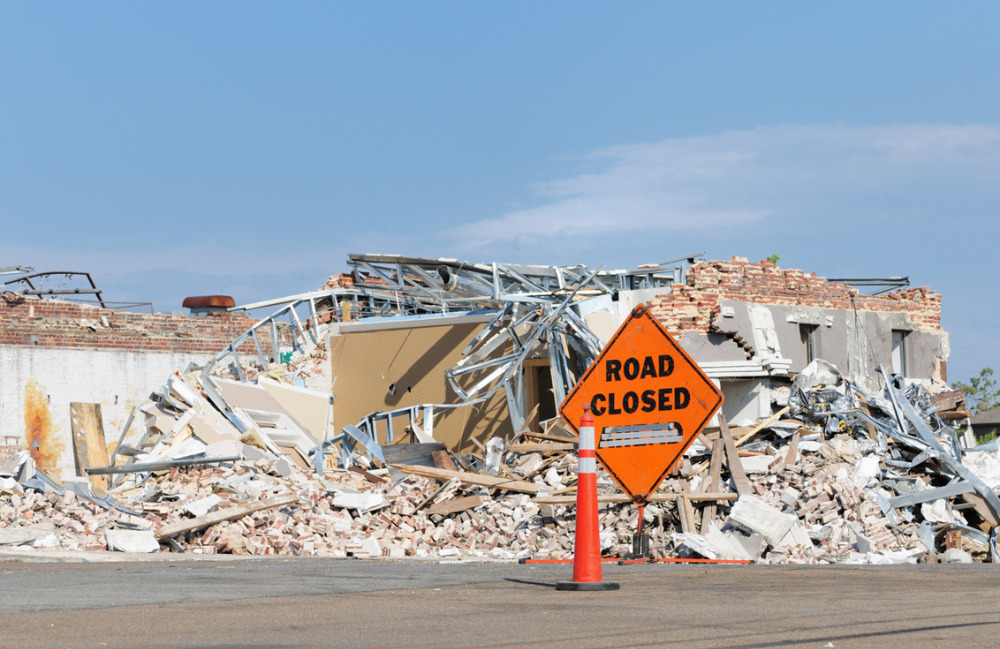In December 2021, more than 40 tornadoes ripped through six states across the Midwest and the Southeast United States, leaving devastation in their path. The storms leveled homes, destroyed businesses, and killed at least 70 people in Kentucky.
Extreme weather events like tornadoes area increasing in frequency as a result of climate change. And while no one could have stopped this deadly series of tornadoes from happening, operators across all industries could have better protected their employees with the right tools.
The Limits of Short-Term Preparedness
The National Weather Service (NWS) issues over 2,000 tornado warnings each year. Local NWS meteorologists send these alerts when a tornado is either reported by spotters or identified on radar as posing a serious threat to lives and properties in its path. While these alerts are critical to relaying immediate danger, the average lead time is only between eight and 18 minutes.
Weather Risk Management and Proactive Adjustment
While short-term alerts are critical to empowering individuals to take action and seek immediate protection, businesses, in particular, aren’t able to secure their assets as quickly. Organizations can no longer rely on reactionary measures to effectively prepare for devastation of this scale.
That’s why preparing for severe weather in advance and making proactive adjustments to operations with the right technology is critical to mitigating safety, property, and continuity risks. In fact, one National Institute of Building Sciences (NIBS) study found that every $1 invested in disaster mitigation saves $6 on average for post-disaster recovery.
Preparing for Extreme Weather Impact Before It Happens
Every industry is impacted by extreme events like tornadoes, and organizations can use predictive systems to reduce risks.
Watch to learn how a weather and climate security platform like Tomorrow.io could have helped.















